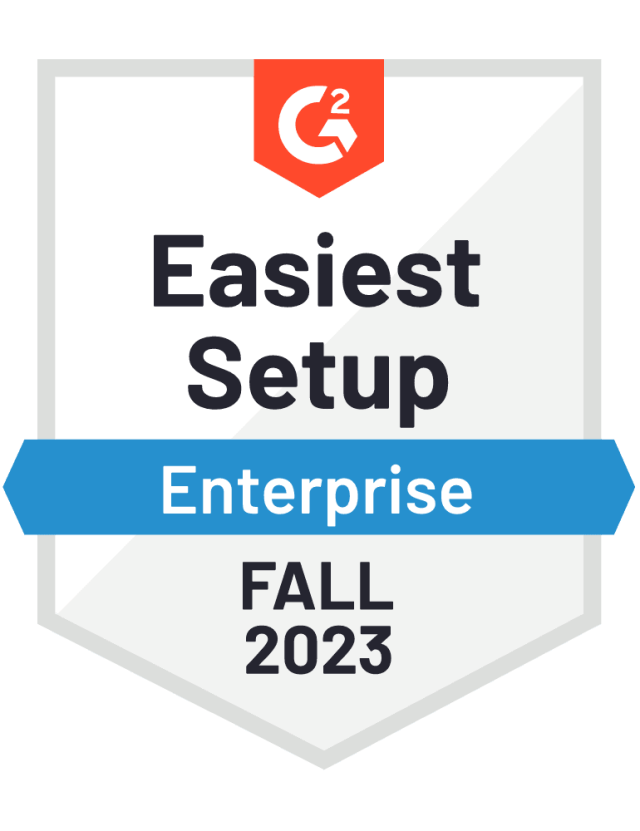As recent events have shown, the ability to rapidly adapt customer touchpoints and build out new customer experiences is a significant advantage.
In a time when Customer Experience is a key brand differentiator, efforts to measure, understand and optimize experiences across the customer journey must be able to shift as quickly.
Central to improving Customer Experience (CX) is understanding, managing and optimizing the customer journey. This requires brands to understand the experience at each touchpoint within this journey from the customer’s viewpoint, and how they all connect.
There is no better or faster source to understand these customer journey transformations than hearing from those navigating these journeys first-hand – your customers.
That is why an effective customer experience strategy puts customer feedback – the voice of the customer – as primary. Voice of the Customer (VoC) data brings visibility to the customer journey and allows it to be managed.
Customer feedback is easier to collect than ever before, and it represents the purpose of journey strategies – to build around the customer need and perception to improve individual experiences at each stage of the customer journey.
In turn, to win the customer relationship and boost your CX program’s ROI.
Here are three steps to ensure your CX Measurement program helps you collect the insights you need to understand how customers perceive their experiences across their journey and to optimize experiences along the way using the voice of the customer.
Step 1: Map out your Customer Experience landscape
Part of delivering relevant and positive experiences is providing choices to customers at each stage of the customer journey and giving them the freedom to navigate these choices as they see fit.
To optimize your customers' journeys, it is essential to analyze those choices, how they affect the overall customer experience, and the business outcomes associated with the experiences that come as a result of these choices.
To do this, your touchpoint feedback plan must be comprehensive.
Mapping out your current customer feedback and data collection efforts across a Customer Experience Landscape plot (like the one below) can help you visualize what you are currently collecting, and identify any gaps:

The Customer Experience Landscape breaks down each of your touchpoints along the different channels your customers might take to interact with your brand, and segments this by customer journey stage. It gives you a sense of where you have visibility and where you need to add to really understand the experience from the customer’s perspective across their journey.
Consulting your customer journey maps and any processes and workflows associated with your customer interaction tools (e.g., CRM, Marketing Automation, front-line training material) can help identify the crucial touchpoints to add to your CX Landscape.
Step 2: Measure experiences at every touchpoint
The more touchpoints covered in your CX landscape, the more insights you will have to understand how customers perceive their experiences with your brand on all channels, wherever they are in their journey.

With an activated landscape, you can now look at each touchpoint used by specific customer segments, or in individual journeys.
The strengths and weaknesses of the overall experience become apparent. The points of friction and opportunity at each touchpoint also become clear. More importantly, you can view each touchpoint in relation to the ones that come before and after it.
A completed CX Landscape with real-time feedback for your key touchpoints empowers you to:
Create workstreams to optimize the experience at these touchpoints using an overall journey point-of-view
Quantify the impact that specific sequences have on the customer’s journey.
Step 3: Take action and close the customer feedback loop
Analyzing experiences across the customer journey will generate the insights needed to diagnose areas of friction, and help you build out better future customer journeys.
At the same time, you can leverage real-time feedback data to course-correct journeys currently in progress.
The foundation of closing the customer feedback loop is to help customers complete their journeys by following up on feedback they recently shared about an experience. Closed-loop feedback campaigns help mitigate friction, remove obstacles, and reward customers for their success, ensuring the benefits of CX management through reputation management and advocacy.
PwC reports that 32% of customers stop doing business with a brand they love after a single bad experience. Let’s consider an example where one sub-par interaction changes the course of a journey irrevocably:

Analyses of journeys such as the one above allow you to identify the issues and fix them for future visits. Analyzing successful journeys will provide the design insights to solve the friction points.
Once you have established what elements hurt journeys and what makes them successful, you can build out the workflows and automated actions to trigger for when a customer expresses that they have had a bad experience.
Acting on this feedback in real-time can help save an experience that could have resulted in a poor overall journey, and instead turn it into a positive one.

Rules-based, triggered, or automated programs of support can help customers navigate favorable journeys. Plus, brands can use them to mitigate bad interactions by releasing brand assets and services at the right time.
This changes overall journeys and creates wholly memorable, beneficial, and differentiating experiences.
Customer sentiment is the foundational piece to both trigger and orchestrate these systems to the benefit of your customer and their journey.
Overall, by analyzing the journey data from the perspective of the customer sentiment, you can take a truly customer-centric approach to develop and deliver the content that leads to the next best experience.
Optimizing journeys requires visibility into the customer’s perceptions at all touchpoints
Expanding your coverage of all the brand touchpoints, leveraging a tool like a Customer Experience Landscape, allows you to optimize each interaction continuously, and ensure you have a consistent brand delivery at each stage of the customer journey.
From this viewpoint, as you connect these touchpoints with your ever-increasing customer data, you will move seamlessly into understanding not just the value of each touchpoint, but the outcome of touchpoint sequences and how to optimize customer journeys.
These insights can then help drive key CX strategies and initiatives leading to business success, including:
Cost savings from improved efficiency of satisfactory experiences
Increased transactional value and share-of-wallet from easy and efficient needs fulfillment
Increased retention, loyalty and customer lifetime value (CLV) from wholly satisfying experiences
Market growth through advocacy and earned word-of-mouth
Finally, by leveraging real-time customer feedback collected using your Voice of Customer tools to take action, you can evolve into CX management, all built around the most crucial data – the voice of your customers from their interactions with your brand.
Editor's Note: This article was originally published on iperceptions.com and astutesolutions.com. Any statistics or statements included in this article were current at the time of original publication.

















